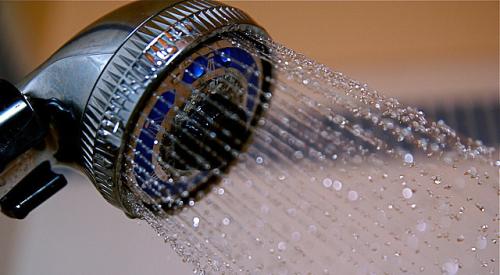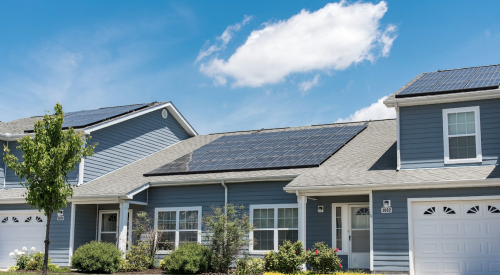Though there is no one-size-fits-all way to build an energy-efficient home, RESNET used its Home Energy Rating System (HERS) to analyze all homes registered in the database for overlapping themes in the best performing designs. Trends such as small square footage, ground source heat pumps, and recovery ventilators dominated the lower scoring, high-efficiency homes, the National Association of Home Builders reports on its blog about RESNET's findings. Find out what strategies builders are using to push their projects closer to net zero to inspire your next home design.
Home builders can learn how to achieve low Home Energy Rating System (HERS) Index scores by looking closer at data points captured in energy modeling software to see what trends emerge.
Using all the homes registered in this energy modeling software in 2019 as an example, the most common HERS Index score was 58, and most scores fell within a standard bell curve ranging between 45 and 80. Keep in mind, the lower the score, the more energy efficient the dwelling is compared to a 2006 code-built home.
One general industry trend confirmed by these data points is that homes with HERS Index scores below 50 tend to have smaller square footages of livable space, and multifamily units generally have lower scores because of this. Efficient building practices and features also play a role:













